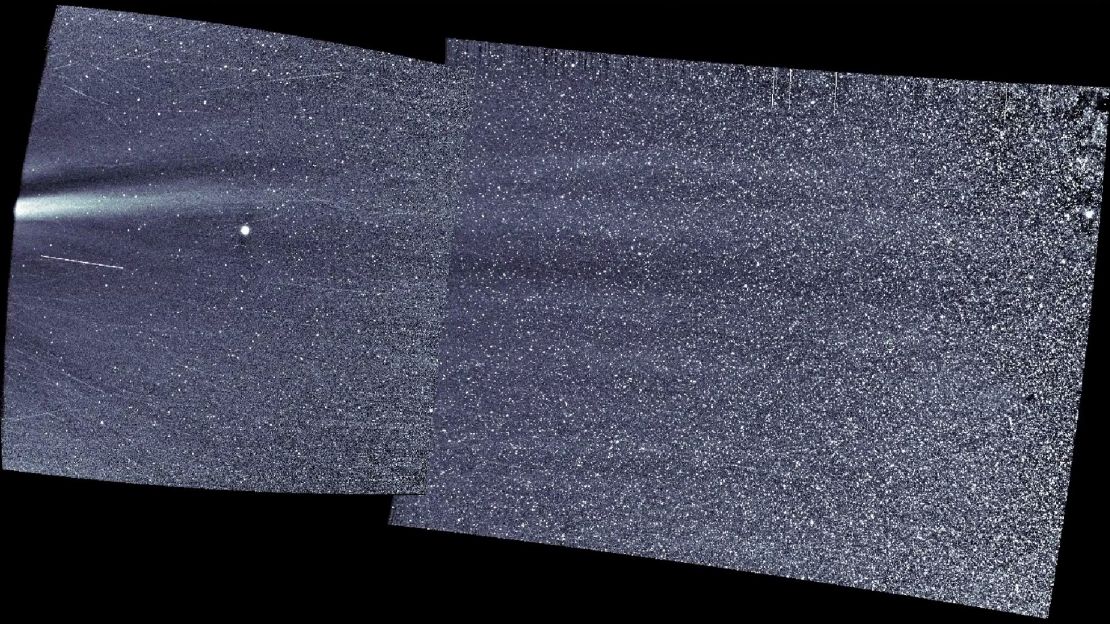NASA’s Parker Solar Probe launched a year ago on a mission to touch the sun. Since that fiery early morning liftoff with the mission’s namesake, Eugene Parker, in attendance, the probe has made two full orbits of the sun, according to NASA.
Humanity’s first mission to a star is also the first mission to be named in honor of a living person. The pioneering astrophysicist, now 92, established a new field of solar research, heliophysics, in the 1950s. He was the first the theorize solar wind, the flow of charged gases from the sun, present in most of the solar system.
The probe is on a seven-year mission to unlock the mysteries of the sun.
As Nicky Fox, director of NASA’s Heliophysics Division, said, “one year down, six to go.”
But the first year has already provided scientists with a plethora of data.
“We’re very happy,” Fox said. “We’ve managed to bring down at least twice as much data as we originally suspected we’d get from those first two perihelion passes.”
Four suites of instruments gather the data needed to answer key questions about the sun. FIELDS measures electric and magnetic waves around the probe, WISPR takes images, SWEAP counts charged particles and measure their properties, and ISOIS measures the particles across a wide spectrum.
WISPR has returned images of the solar wind streaming out from the sun from its first pass in November.

The observations and data could provide insight about the physics of stars, change what we know about the mysterious corona, increase understanding of solar wind and help improve forecasting of major space weather events. Those events can affect satellites and astronauts as well as the Earth – including power grids and radiation exposure on airline flights, NASA said.
Solar wind screams past Earth at a million miles per hour, and disturbances can cause disruptive space weather that affects our planet.
Surveys by the National Academy of Sciences have estimated that a solar event with no warning could cause $2 trillion in damage in the United States and leave parts of the country without power for a year.
The mission’s objectives include “tracing the flow of energy that heats and accelerates the sun’s corona and solar wind, determining the structure and dynamics of the plasma and magnetic fields at the sources of the solar wind and explore mechanisms that accelerate and transport energetic particles.”
“The data we’re seeing from Parker Solar Probe’s instruments is showing us details about solar structures and processes that we have never seen before,” said project scientist Nour Raouafi of the Johns Hopkins University Applied Physics Laboratory. “Flying close to the Sun – a very dangerous environment – is the only way to obtain this data, and the spacecraft is performing with flying colors.”
Parker himself has seen some of the data returned from the two orbits.
“All I can say is wow,” he said in a video released by the University of Chicago. “I wouldn’t be surprised if the most surprising things have yet to come.”





